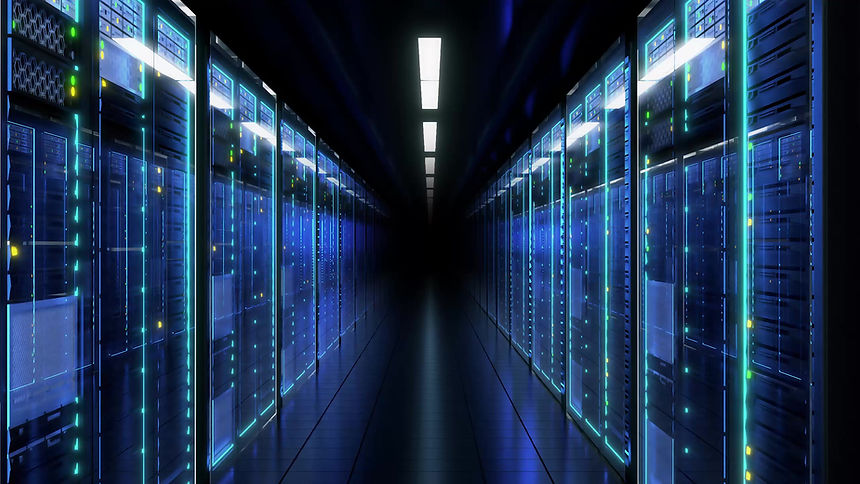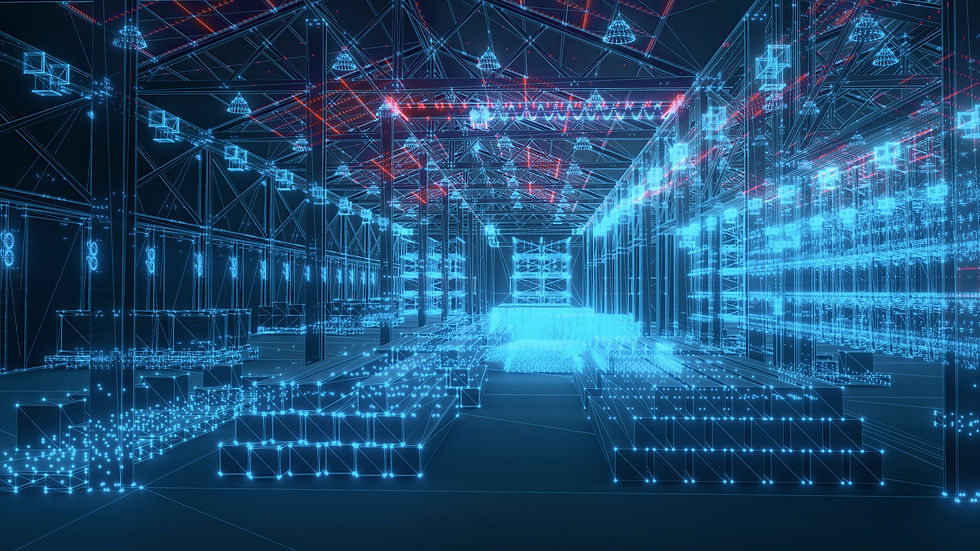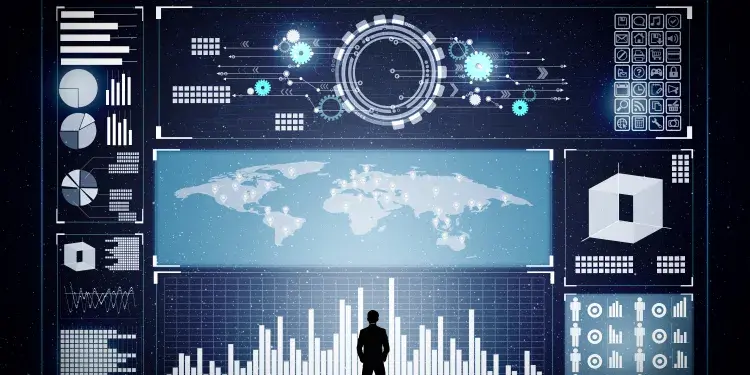Cognitive K.i. Empowering AI Solutions for Professionals in Diverse Fields

Data Encryption
Data encryption is a security process that transforms readable data (plaintext) into an unreadable format (ciphertext) using a secret key. This process prevents unauthorized access to sensitive information and ensures only authorized individuals can access and use the data. Encryption is a critical security measure used to protect data at rest (stored data) and in transit (data being transmitted).
Data Encryption
k.i. - Data Encryption
Cognitive K.i. has developed strong data protection and security. As data breaches and cyber threats proliferate, robust encryption techniques and secure, the Cognitive K.i. data center infrastructures have intensified, using AES 256-bit encryption and Level 4 data center security.
Advanced Encryption Standard (AES), the 256-bit implementation, and strong level 4 data center security protocols, AES-256 provides a formidable framework for protecting private information against unauthorized access and breaches.
The Advanced Encryption Standard (AES) was established by the National Institute of Standards and Technology (NIST) in 2001. AES is a symmetric key encryption algorithm, meaning that the same key is used for encryption and decryption. It supports key sizes of 128, 192, and 256 bits, with AES-256 being the most secure due to its longer key length.
The AES-256 algorithm operates in block cipher mode, where data is encrypted in fixed-size blocks of 128 bits. The encryption process involves several transformation rounds, with AES-256 employing 14 rounds. Each round consists of a series of operations that include substitution (using a substitution box or S-box), permutation (shuffling bits), mixing (combining bits from different parts), and adding the round key (derived from the original encryption key). This layered approach increases the complexity and robustness of the encryption, making it exceedingly difficult for unauthorized parties to decipher the encrypted data without the key.
The Cognitive K.i security of AES-256 originates from its mathematical foundation and the massive key space it utilizes. A key length of 256 bits enables approximately (2^{256}) possible keys, rendering brute-force attacks impractical with current computational capabilities. AES-256 has undergone extensive cryptographic scrutiny and analysis, standing resilient against various forms of attack. Given its endorsement by governmental bodies and adoption across industries, AES-256 is deemed a trustworthy choice for sensitive information requiring high levels of confidentiality.
While a strong encryption standard like AES-256 is adequate for protecting data at rest and in transit, securing the environments where all Cognitive K.i data is stored and processed is equally essential. Cognitive K.i Data centers are the backbone of our digital infrastructure, and we have implemented strong and comprehensive security measures to safeguard physical and virtual assets.
A Level 4 data center, or Tier 4, offers the highest redundancy and fault tolerance level, designed to ensure continuous operation even in the face of multiple simultaneous failures. It is characterized by 99.995% uptime, meaning minimal downtime (around 26 minutes annually). This level of security is crucial for mission-critical applications and services where downtime is unacceptable.
Data center security encompasses a multitude of strategies designed to mitigate risks. Physical security measures include controlled facility access through biometric authentication, keycard systems, and surveillance monitoring. These safeguards ensure only authorized personnel can access critical hardware components and sensitive information.
Redundancy:
Cognitive K.i Tier 4 data centers are designed with redundant power, cooling, and networking components. This means multiple independent paths are available for power, cooling, and network connectivity. If one path fails, the other seamlessly takes over, ensuring continuous operation.
Fault Tolerance:
Cognitive K.i Tier 4 facilities are fault-tolerant, which can withstand many disruptions and multiple failures without impacting service.
Multiple Power Sources:
Cognitive K.i Tier 4 data centers typically have multiple power sources, including dual utility power feeds, generators, floor batteries, and UPS systems. This prevents outages from disrupting operations.
Redundant Cooling Systems:
Similarly, they employ redundant cooling systems to maintain optimal temperature even if one system malfunctions.
Physical Security:
Cognitive K.i Tier 4 facilities often include robust physical security measures like separate parking areas for visitors and employees, biometric access control, CCTV surveillance, and dedicated security desks with 24/7 monitoring and staffing.
Security Protocols:
Cognitive K.i implements stringent security protocols, including access control, logs, and regular security audits.
Mission-Critical Applications:
Cognitive K.i Tier 4 data centers are mission-critical applications like financial services, healthcare, and large-scale e-commerce, where continuous uptime and data security are paramount.
In addition to physical security, network security protocols are crucial in protecting our data center environments. Firewalls, intrusion detection systems (IDS), and intrusion prevention systems (IPS) act as barriers against external threats, continuously monitoring traffic for any signs of malicious activity. Implementing network segmentation helps to isolate sensitive areas of the data center, further fortifying data protection against potential breaches.
AES-256 encryption and robust data center security practices ensure that sensitive data is well-guarded throughout its life cycle. By encrypting data before it is stored in a data center, Cognitive K.i. has added a layer of protection that complements physical and network security measures. Even in cases where unauthorized access to data storage is achieved, the data remains secure and unreadable without access to the encryption keys.












